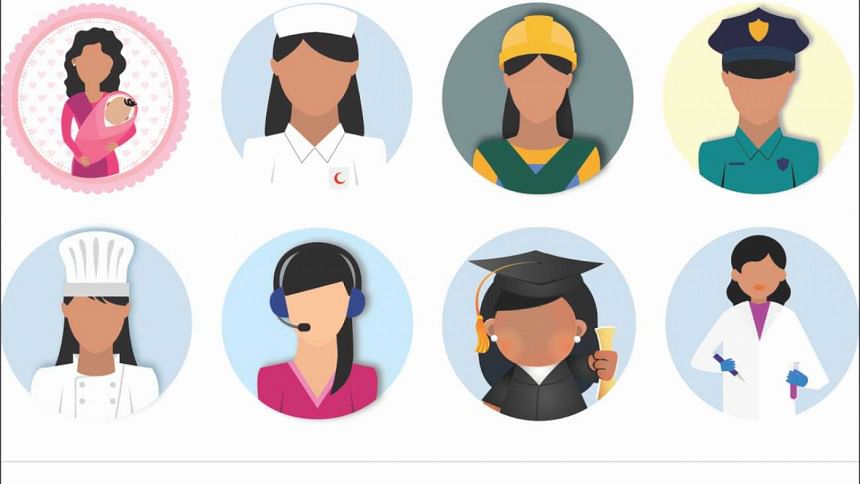SDGs: Leaving No Woman and Girl Behind

Can the next 15 years change the lives of women and girls to become free from violence and exploitation, moving forward to gender equality?
Today's second special edition on the new Sustainable Development Goals takes a look at how gender equality and women's empowerment is integrated into the new guiding development document.
On Sunday 3 August 2015, Member States of the United Nations came to a conclusion of the final inter-governmental negotiations for the Post-2015 Sustainable Development Goals (SDGs), by agreeing on the outcome document titled “Transforming Our World: The 2030 Agenda for Sustainable Development”. This final agreement is expected to be formally adopted at the upcoming UN Summit for the adoption of the Post-2015 Development Agenda, which starts on 25 September 2015 in New York. The new development agenda makes a commitment not only to eradicating poverty and protecting the environment of the planet, but it calls on an ambitious agenda for gender equality and women's empowerment.
The UN Member States' commitment is a reflection of the voices of women and girls in the world who demand that every girl and woman should be able to live free from fear and discrimination, and universally have access to information and services for sexual and reproductive health and reproductive rights. Gender equality was also included in a proposal for the Post-2015 Development Agenda submitted by the Government of Bangladesh back in 2013. The new SDGs and targets require every country to take measures to eliminate violence against women and harmful traditional practices including child marriage and also make provisions for reducing maternal mortality. It will ensure that women and girls will finally be able to make decisions about their bodies, their families, their futures. Looking towards 2030, the world's new development agenda can change - and save - many lives of women and girls, and transform their lives into better ones with more choices and capabilities.
According to UNFPA's recent Demographic Impact Study (2015), the population of Bangladesh will reach 190 million by around 2031 and 200 million before 2040. This means a country of 100 million women and girls. They represent half the human capital base of the country to support and drive its growth.
Evidence is overwhelmingly clear – when women and girls suffer from inequality and inequity, their country's economic growth, poverty eradication, and social development are slowed down. On the other hand, when women and girls are empowered– socially, economically, and politically – all citizens including men and boys will benefit and flourish. Women are the foundation of a strong country, resilient community and family.
And yet, women and girls in this country still face systematic challenges and structural violence preventing them from fulfilling their potential, their human rights and freedoms.
In addition, women's social and political participation is still low. Women's labor force participation rate (60% in 2013, World Bank) is almost 30% lower than that of men, and they are more likely to be paid less than men, engaging in less-secure and thus more vulnerable jobs, more often working in the informal sector without any social protection and a lack of protection of their labour rights. In addition, women occupy fewer positions in parliament, fewer high ranking official posts in government ministries, and less senior management positions in the private sector, than men.
There have been notable achievements with regards to the policy and legal framework for gender equality and gender-based violence prevention and mitigation in Bangladesh, including a High Court Directive on Sexual Harassment (2009), the Domestic Violence Act (2010), the Women Advancement Policy (2011) and the Action Plan on Violence Against Women (2013). However, it is only when these sets of policies and laws are actually implemented that they can indeed change and save the lives of women and girls. In addition, in order to address gender issues, which is quite complex and has many different dimensions, stakeholder coordination, especially inter-ministerial coordination and central-local coordination, needs to be enhanced. Targeted interventions from a human rights perspective along with political commitment, government leadership, human resources development, adequate financing and a functioning monitoring and evaluation system, should be among the additional steps necessary to achieve gender goals and targets.
The agenda is being set right now; what is now needed are actions to implement it, so as to ensure that no woman and girl is left behind.
Source: UNFPA Team

 For all latest news, follow The Daily Star's Google News channel.
For all latest news, follow The Daily Star's Google News channel. 



Comments